See how you can stack your Acute logic analyzer together with Agilent DSO to measure I2C signals in the video below.
How to stack Acute logic analyzer with Agilent DSO to measure I2C signals
What's the benefits of using a hardware USB protocol analyzer over a software-only solution?
USB Protocol Analyzers come in one of two basic types: software-only analyzers and hardware-based analyzers. While software USB analyzers can sometimes be priced lower than their hardware-based relatives, Total Phase offers competitively priced hardware analyzers.
To understand what makes Total Phase's hardware-based USB analyzers better than software analyzers, it is important to first understand how a software analyzer works.
Software USB analyzers replace the USB software stack on the host machine under test in order to monitor USB data. They are subsequently fully dependent on the hardware of the host PC (i.e., the host controller under test) with regard to what USB information is available for analysis. The host controller is responsible for arbitrating the flow of data and also manages activities such as data retransmission on errors. These functions are managed internal to the host controller and are therefore beyond the purview of any USB software analyzers.
What are the benefits of using a hardware analyzer over a software analyzer?
Tagged Test & Measurement Development
| Leave a replyGenerating digital stimulus to test & debug embedded systems is challenging [Part 3]
Byte Paradigm collected data over a period from 2009 to 2011 from a population of more than 350 engineers involved in embedded system design. What did the engineers say?
A digital pattern generator would save my time when testing embedded systems
"Actually, we have found a small bias with the above results, as a significant part of our respondents are already Byte Paradigm's customers. We think that having a preliminar experience with digital pattern generators or other of our products may explain the high number of respondents in favor of DPGs for speeding up the testing and debugging process." - Says Frederic Leens at ByteParadigm.
This said, there is a remarkable split between the ones clearly agreeing with the above statement, and the ones 'somewhat agreeing' with it. We investigated the answers of these last ones -here is what they say:
Tagged Test & Measurement Development
| Leave a replyGenerating digital stimulus to test & debug embedded systems is challenging [Part 2]
Byte Paradigm collected data over a period from 2009 to 2011 from a population of more than 350 engineers involved in embedded system design. What did the engineers say?
Using a hardware prototype speeds up embedded system debug
This result is important because the respondents also use a wide variety of tools and methodologies to overcome the embedded system testing and debugging challenge. In other words, prototyping and going to real hardware is still a way to speed up testing and debugging, no matter if lots of advanced - and sometimes useful - other EDA and software solutions have appeared on the market today.
In the list of 'other' tools and methodologies, we can find:
Tagged Test & Measurement Development
| Leave a replyGenerating digital stimulus to test & debug embedded systems is challenging [Part 1]
Byte Paradigm collected data over a period from 2009 to 2011 from a population of more than 350 engineers involved in embedded system design. What did the engineers say?
The 'challenge' in generating the - specifically digital - inputs of an embedded system comes together with the challenge in analyzing its outputs.
Schematically, setting up a 'test / debug' session for an embedded system starts with the questions:
- How am I going to stimulate the system's inputs?
- How am I going to observe the system's outputs ?
- How am I going to check if what I observe is correct?
- How am I going to correct detected bugs?
Tagged Test & Measurement Development
| Leave a replyByte Paradigm conducted a survey in 2009 with over 300 respondents involved in embedded hardware and software design. This survey shows that:
- A majority of engineers (61%) agree with the statement that 'Using a hardware prototype speeds up embedded system debug'. Only less than 10% of the total respondents (335 total) somewhat disagree or disagree with this statement (see table 2).
- Over 83% of the total number of respondents declare that stimulus generation is at least 'as challenging as system response observation'. Figures are sensibly the same whether it concerns IP, FPGA, ASIC, SoC, or full embedded system testing (see figure 2, which presents an average view).
A vast majority of development engineers like going to a 'real hardware' prototype to test and debug what they are designing. Basically, 'testing on prototype' always reduces to 'stimulating and observing'.
Tagged Test & Measurement Development News
| Leave a replyDigital Pattern Generator - An essential instrument for digital system development
In the world of signal generators used for testing and debugging embedded systems, we can find 3 categories of instruments, according to the characteristics of the generated signals and the purpose of generating them. 'Embedded system' should be understood in its broad sense, that is an electronic system with 'out of the PC' computing resources such as microprocessor or microcontroller, ASIC, FPGA, SoC (System-on-Chip), DSP, including analog, digital or mixed-analog/digital systems. Refer to the table below for an overview.
In this blog post, we'll specifically evoke the 'Digital Pattern Generator' as an essential piece equipment for all engineers involved in embedded system design.
Tagged Test & Measurement Development
| Leave a reply
Serial protocols are everywhere in ASIC, SoC, FPGA and embedded systems. Digital Serial interfaces are often preferred to larger bus-type interfaces for chip-to-chip communication because:
- I/O pins cost money - so it is an advantage to reduce pin count for communications between components.
- Board layout can be hard for large buses, especially as bus frequency increases.
- Higher frequencies are common with today’s chip technologies. Higher frequencies compensate reduced pin counts, maintaining total data throughput.
So, there is no surprise that serial protocols similar to SPI (Serial Peripheral Interface) are largely used in numerous off-the-shelf and custom digital components (DAC, ADC, flash memories, ASIC, SoC, FPGA).
Tagged Test & Measurement Development News
| Leave a replyIt's hard work designing all on your own. And it's very expensive buying customized solutions.
Pre-designed and programmable modules will get you both.
Eddy-CPU is a small-size high performance embedded CPU module with powerful ARM9 core processor. This compact-sized Eddy-CPU module provides complete embedded network connectivity, allowing developers and OEMs to design their own customized device that can be applied to almost all hardware environments.
Tagged Development
| Leave a reply

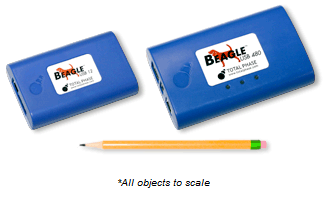
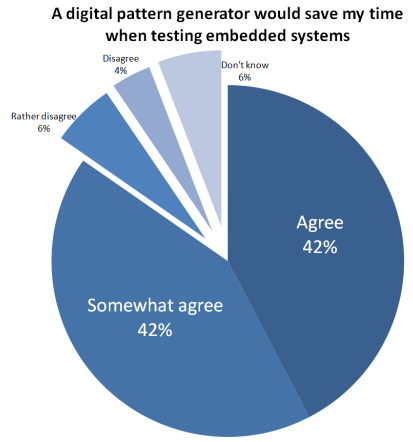
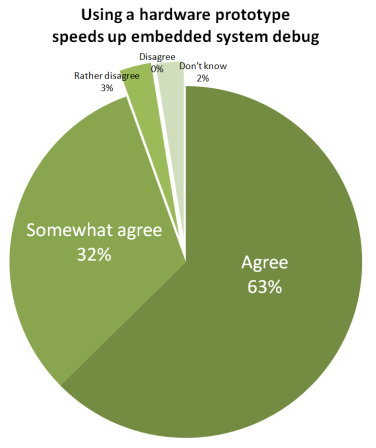
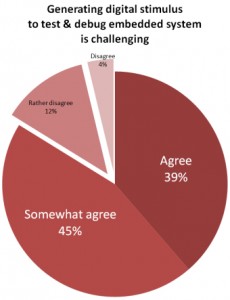


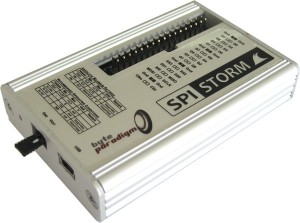
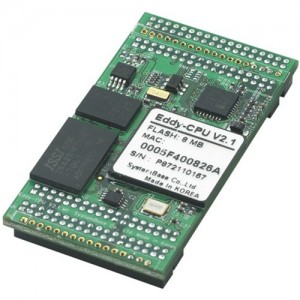



Tagged Test & Measurement Development News
| Leave a reply